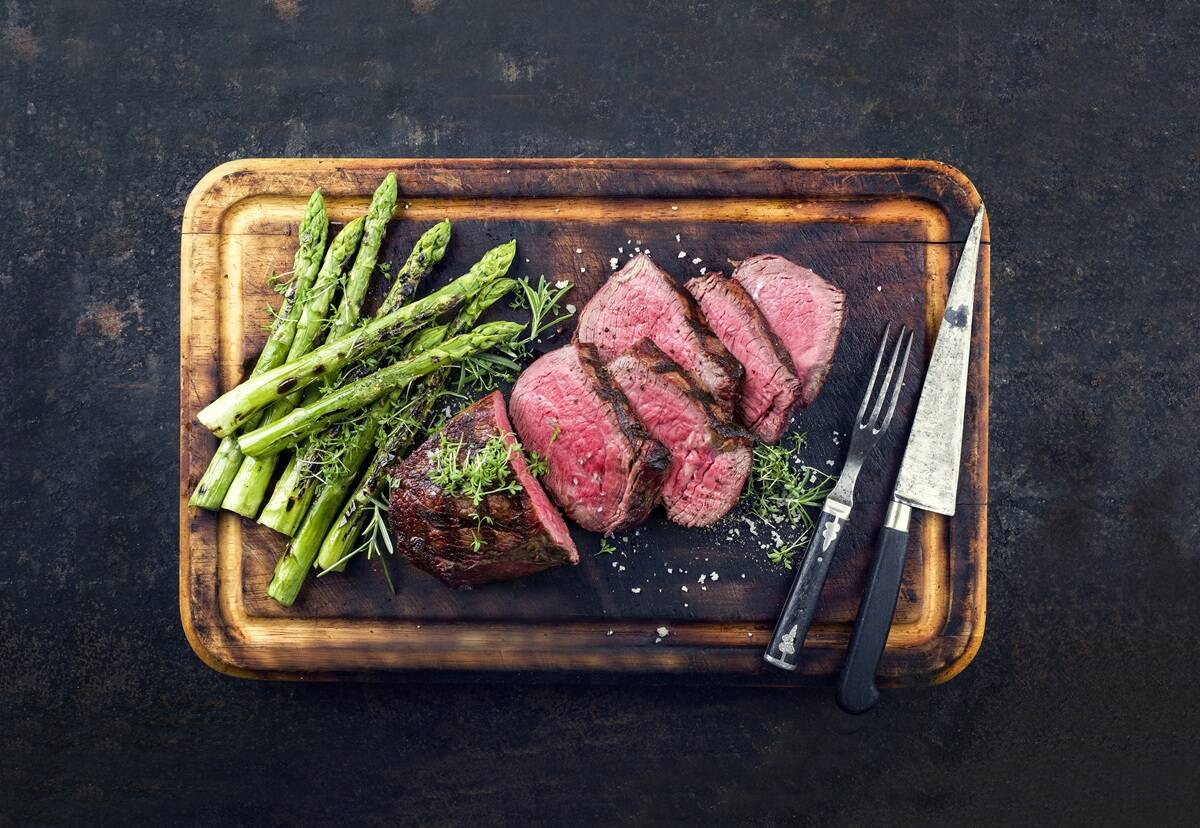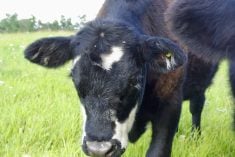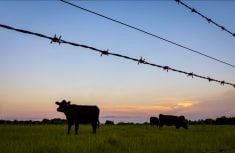During 2023, work, family events and funerals carried me across ranching country from Grand Prairie in Peace River country to Maple Creek on the Saskatchewan side of the Cypress Hills. The travel took me through a patchwork of pastures alternating from satisfactory to barren depending on precipitation. Cow condition varied from good and sleek to so thin you could count ribs from the highway. The latter wandered in search of anything green. Slack, empty udders meant thin calves and tough weaning conditions in months ahead.
Feed yards at home spoke of a hard winter at the feed bunk. Too often, thin cows and poor pastures paralleled chunks of hair on barbed wire, signalling the lack of parasite control.
Drought is a frequent visitor to the grasslands. Depending on where cows graze, weaning timing and plans for how and when calves are marketed remain a moving target, not unlike the fluctuating populations of sharp-tail and rough grouse eating gravel on the shoulders of side roads.
Read Also

Building demand together: The impact of Canada’s beef import levy
The beef import levy has become a central tool for ensuring balance in Canada’s beef industry
Ranchers discuss many things as they hunker over hot coffee at local restaurants across the Prairies. Pregnancy examination of brood cows is a favourite topic during this time of year. The “Economics of Pregnancy Testing Calculator,” a relatively new tool developed by Canfax Research Services in 2016, and updated in 2023, helps producers make decisions.
The calculator takes in factors such as:
- Cull cow market price
- Management systems employed by producers
- Feed and overhead costs
- Veterinary costs
Each time a cow doesn’t catch during a 21-day heat cycle, the miss costs up to 39 pounds of weaning weight (assuming an average daily gain on calves of 1.85 lbs./day). The calculator allows producers to see where calving distribution presently stands, and the effect on revenue if a ranch moves toward the industry target of 60-25-10-5 (60 per cent born in the first 21 days or one heat cycle, 25 per cent next cycle, 10 per cent a third cycle and five per cent 64 days plus), or a condensed breeding season of three cycles.
The Economics of Pregnancy Testing Beef Cattle Calculator is based on the economics of the preg-checking model developed in 2015 by Elad Ben-Ezra and Alex Muzzin, students at the time, in collaboration with Canfax. It helps cow-calf producers make the most economical decisions for their operation.
With a spring calving schedule, three options for managing open cows exist:
- Preg-check and cull open cows in the fall.
- Preg-check in the fall and feed open cows separately to market later.
- Do not preg-check. Overwinter all cows and cull opens in the spring after calving.
Other benefits of pregnancy detection in the fall:
- Allows the opportunity to provide booster vaccines and update vet-client-patient relationships.
- Facilitates detection of reproductive tract abnormalities including the occurrence of twins.
- Allows for earlier detection of potential disease or a higher-than-expected open rate.
- Provides an opportunity for internal and external parasite control.
- Is a perfect time to do body condition scoring.
- Gives an opportunity to make sure ear tags are still in place and legible.
Many ranches have moved beyond weaning one day and trucking to the auction market the next. Weaning is considered one of the most stressful periods in the productive life of a beef calf. As diets change, so does physiology. There may be physical insults related to castration, vaccination, dehorning and housing changes. Alternate feed and water sources are introduced, and for many spring-born calves, drastic climate changes begin. Auction markets remain a primary method of price discovery, which translates into large groups of calves being mixed with calves from other farms and ranches.
Extension professionals from the University of Oregon, citing a paper from the Canadian Journal of Veterinary Research, conclude: “These various stressors (individually or in various combinations) can result in tremendous challenges to the calf’s short-term and long-term health, gain performance and economic viability. Calves that are sick during the first 30 days at the feedlot typically have lower daily gains, increased costs of gain, and reduced carcass quality and tenderness. From an industry perspective, how we manage our calf crop, pre-weaning, at weaning, and post-weaning, can have dramatic effects on economic viability, consumer acceptance and end-product quality.”
Some producers retain ownership through the feedlot until slaughter and are directly affected by all health and gain variables. Others wean and sell. Producers who market calves at weaning may not see post-weaning effects. For the “tradition-oriented,” reputation as a source of feeder calves comes into play.
An important aspect of pre-weaning management includes attention to nutrition. Pre-weaning diets should be balanced in protein, energy, minerals and vitamins to ensure a calf’s health, welfare and performance. Implants also bear consideration.
Producers need to think about how to wean and when to wean. All calves should be castrated, dehorned and branded before weaning to alleviate as much stress as possible. The responses to vaccination are not immediate. Think about vaccination timing so calves are immunologically prepared for the stress of the weaning.
Calf stress can also be reduced by implementing weaning methods that minimize separation anxiety. Fence-line weaning is growing in popularity. Studies show that fence-line weaning alleviates calf stress while improving weight gain over other strategies. Fence-line weaned calves have fewer signs of stress, spend less time bawling and walking, and more time eating and lying down than calves weaned traditionally. Fence-line weaned calves were heavier 10 weeks post-weaning (up to 30 lbs.) compared to calves pulled from cows suddenly.
From an industry perspective, how we manage our calf crop, pre-weaning, at weaning, and post-weaning, can have dramatic effects on economic viability. As well, consumer acceptance and product quality cannot be overlooked. Gone are the days when stressed calves leave auction markets in the West on rail cars destined for Eastern feedlots. We can do better.
– Dr. Ron Clarke prepares this column on behalf of the Western Canadian Association of Bovine Practitioners. Suggestions for future articles can be sent to Canadian Cattlemen ([email protected]) or WCABP ([email protected]).

















